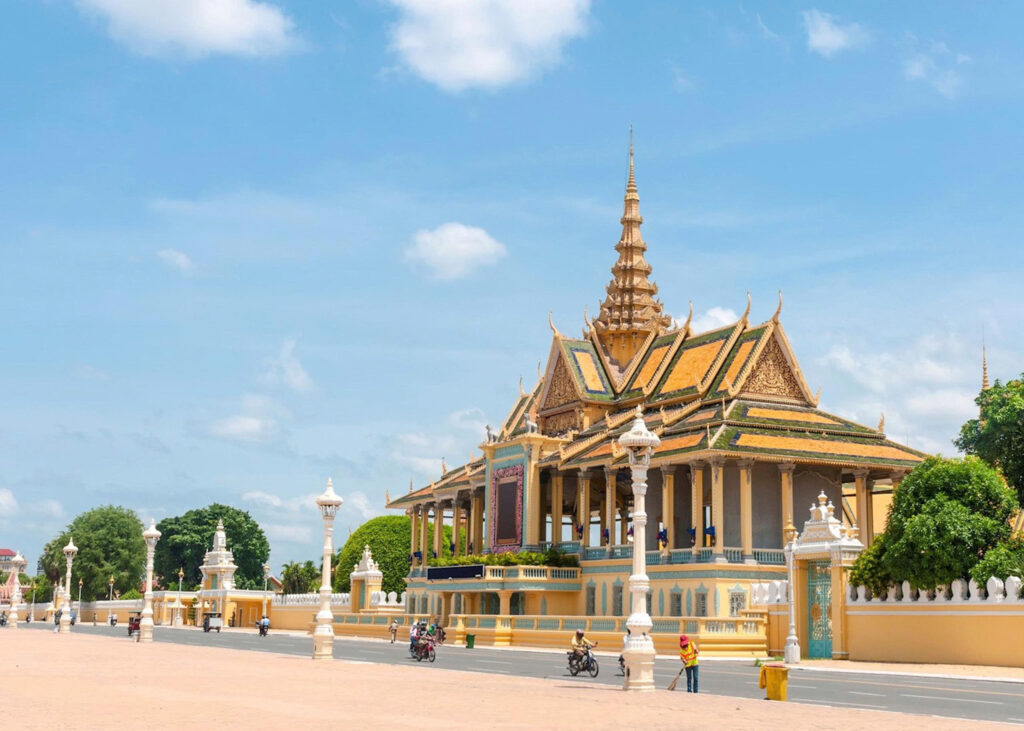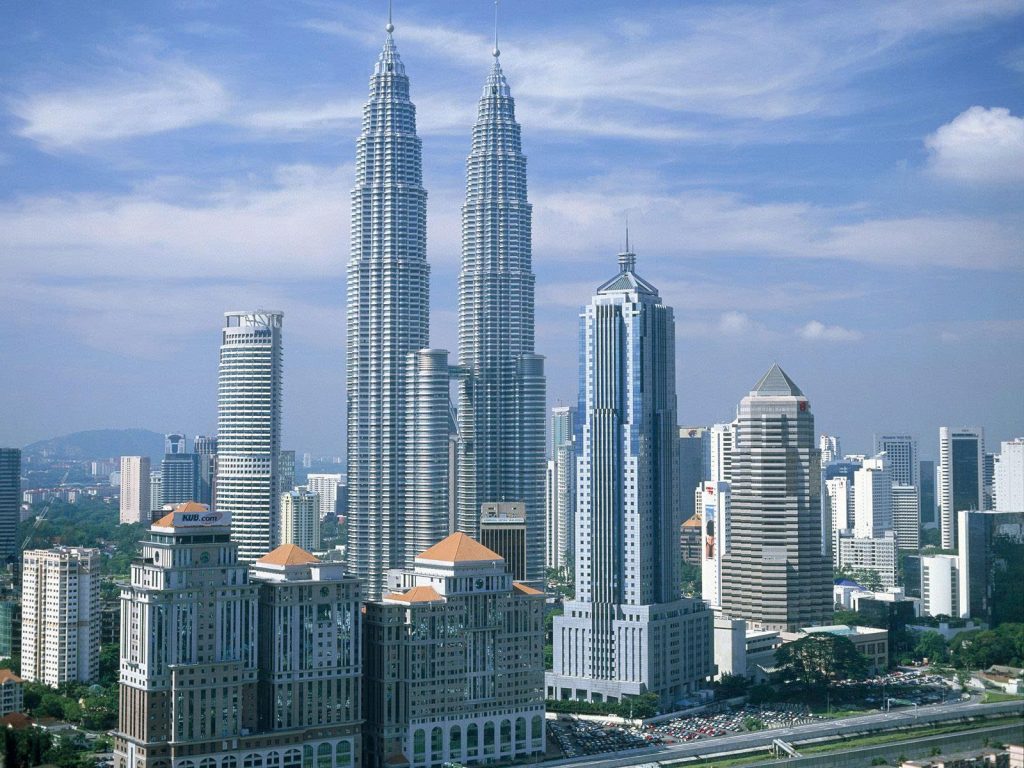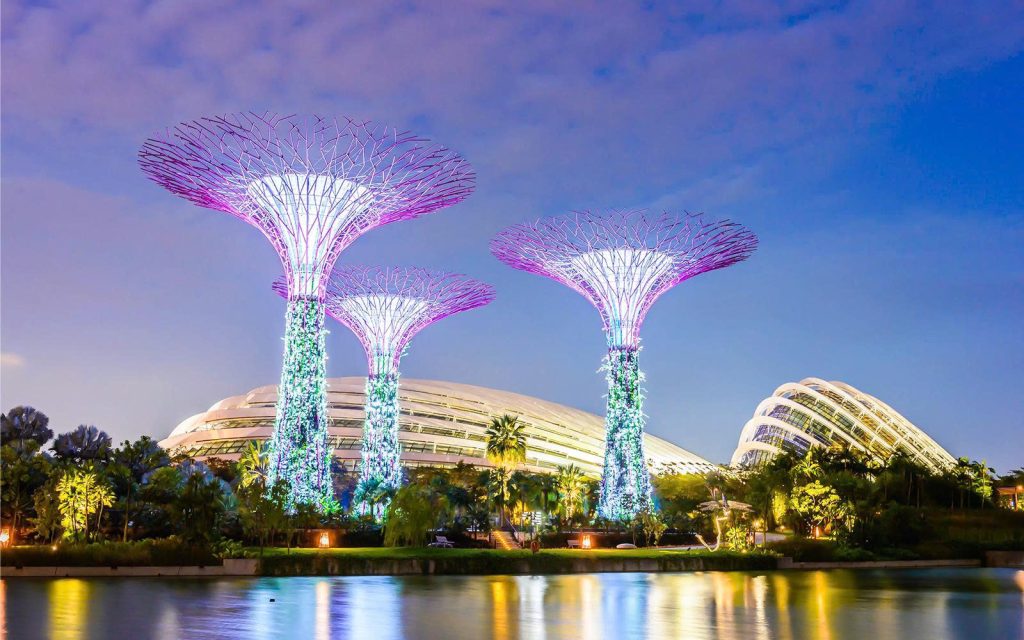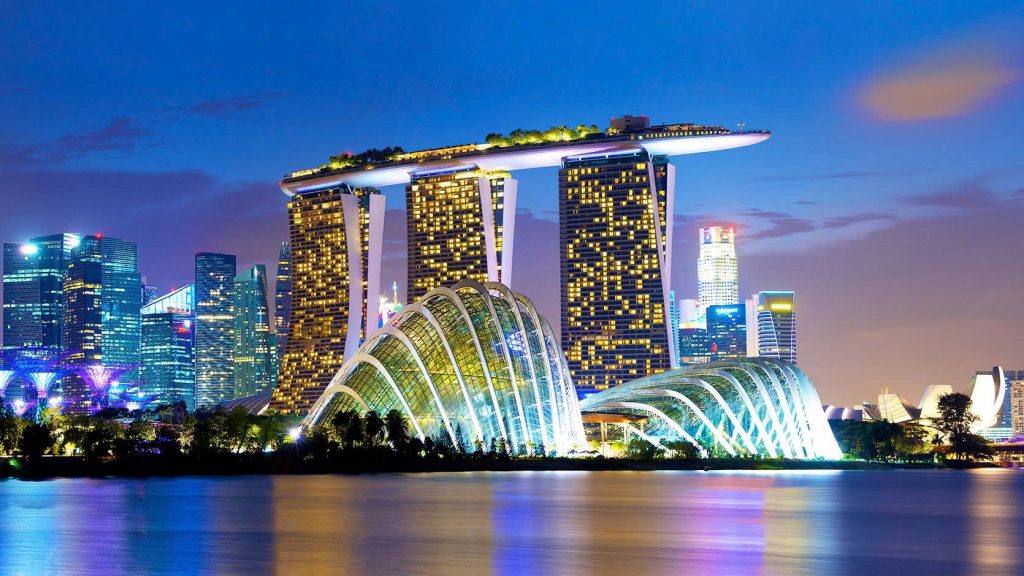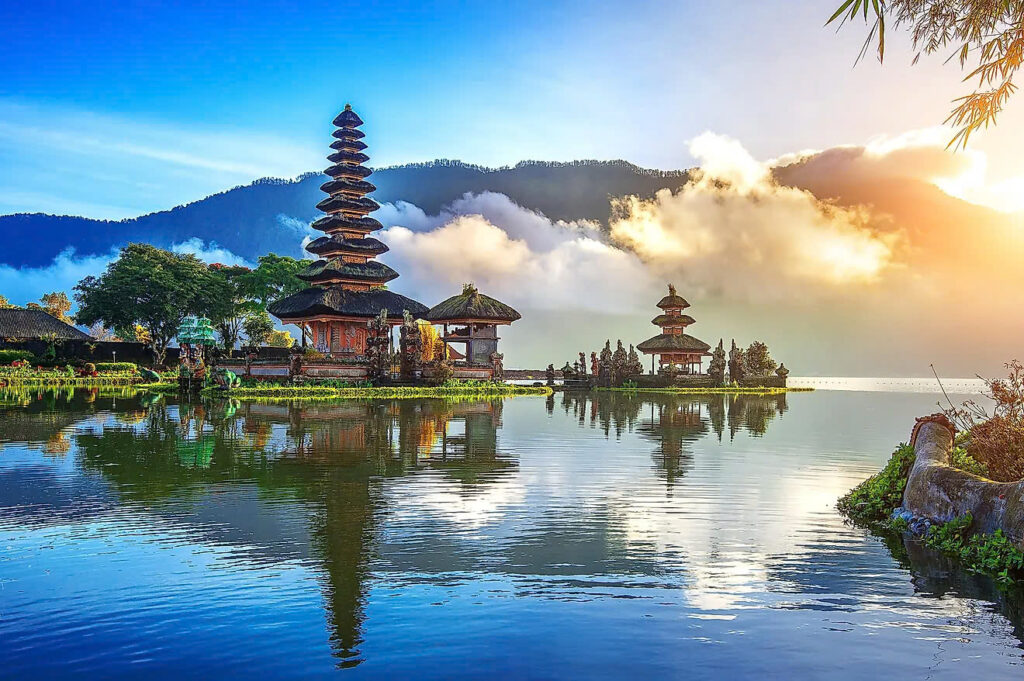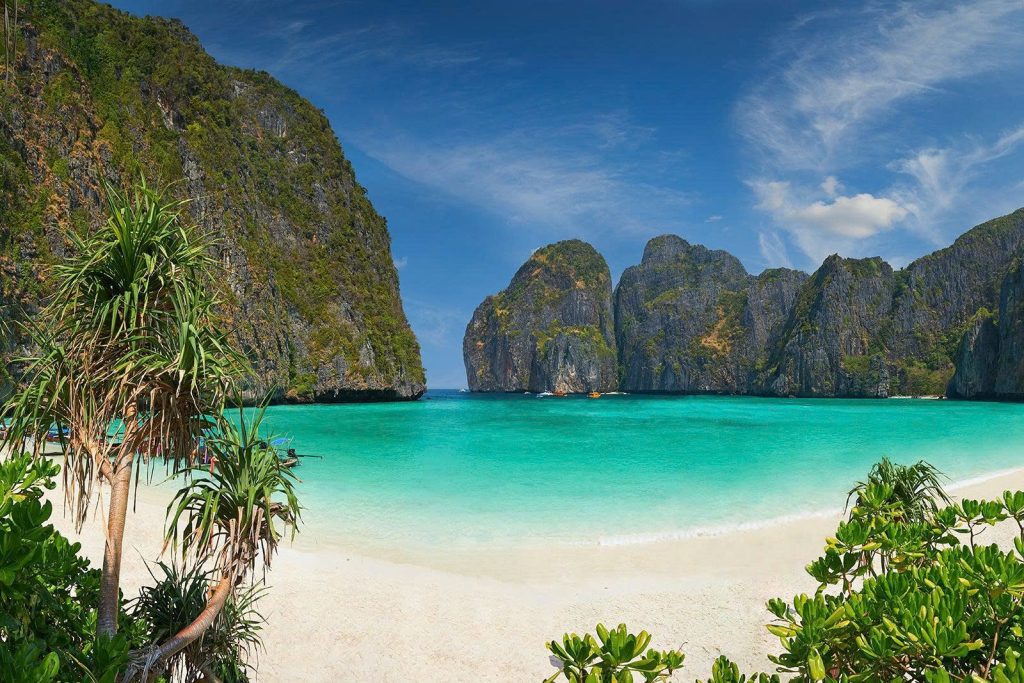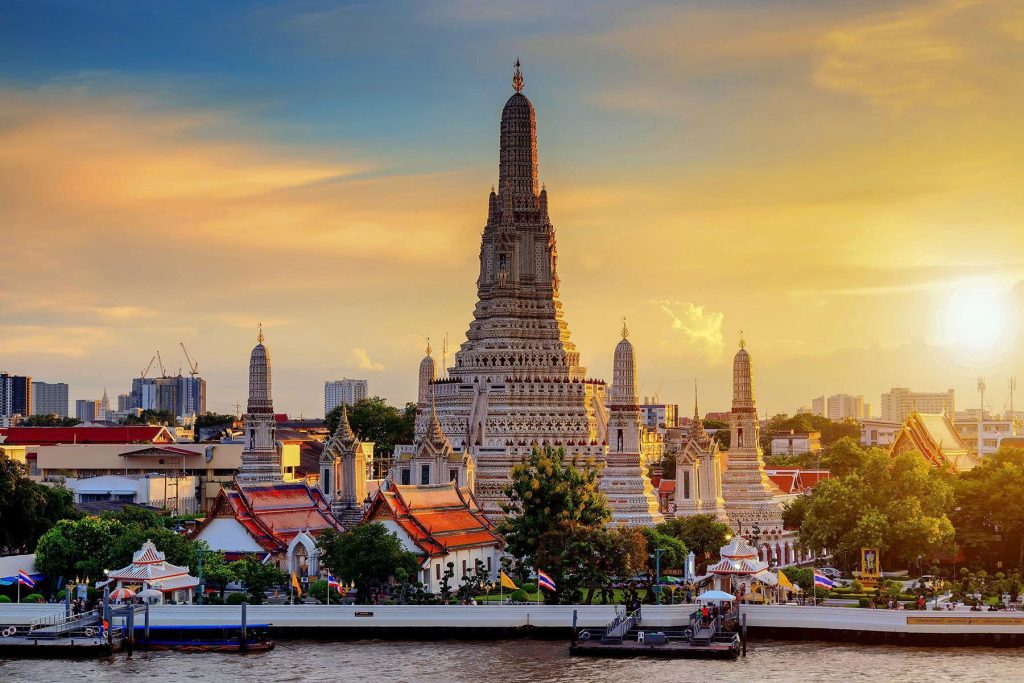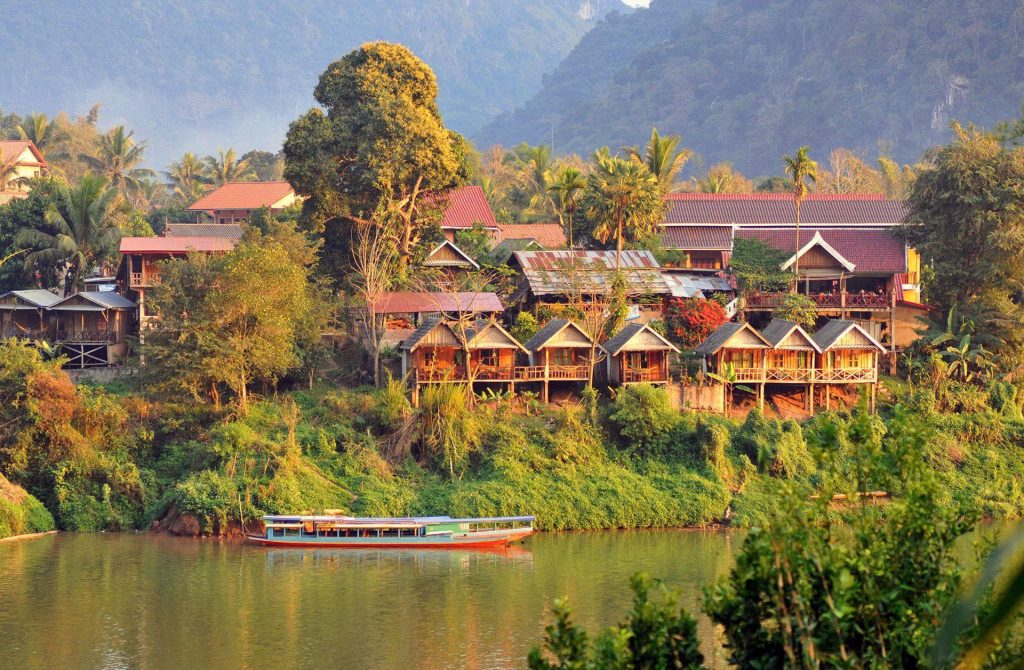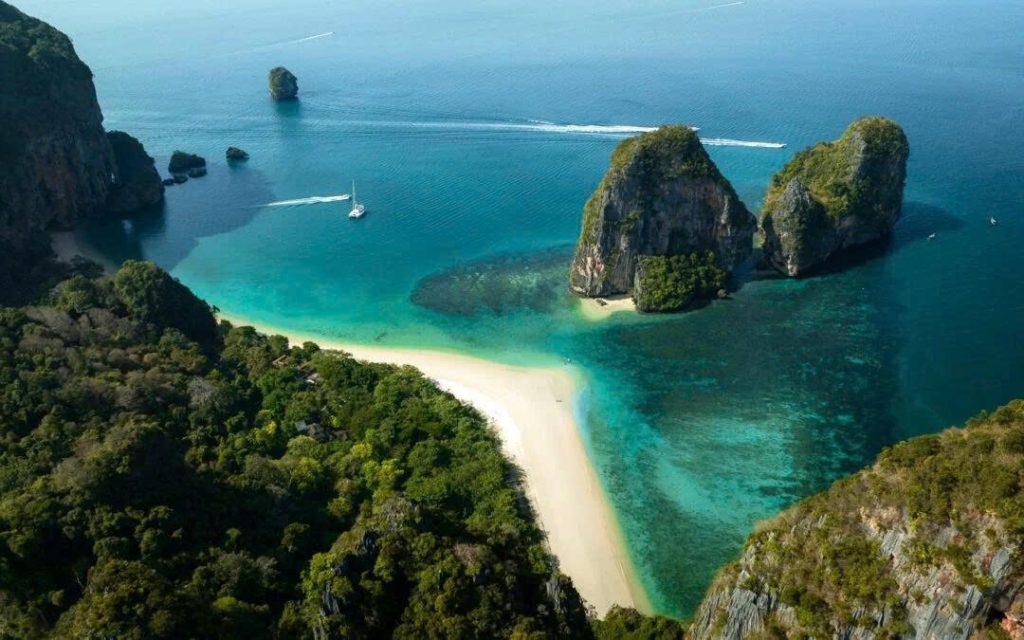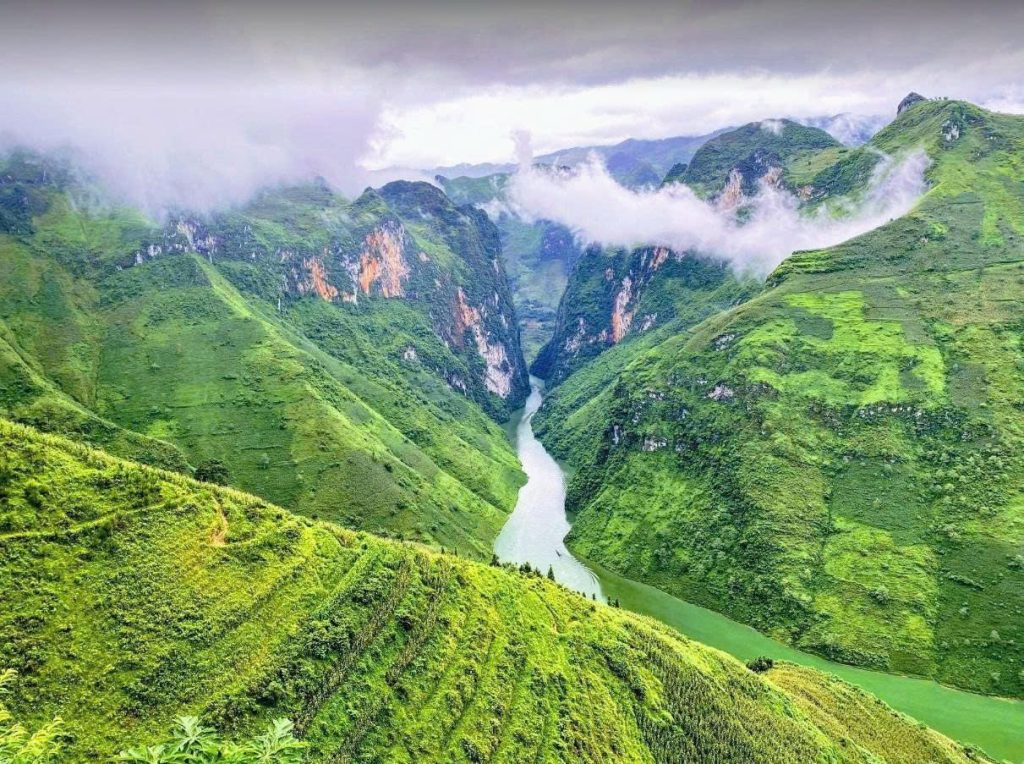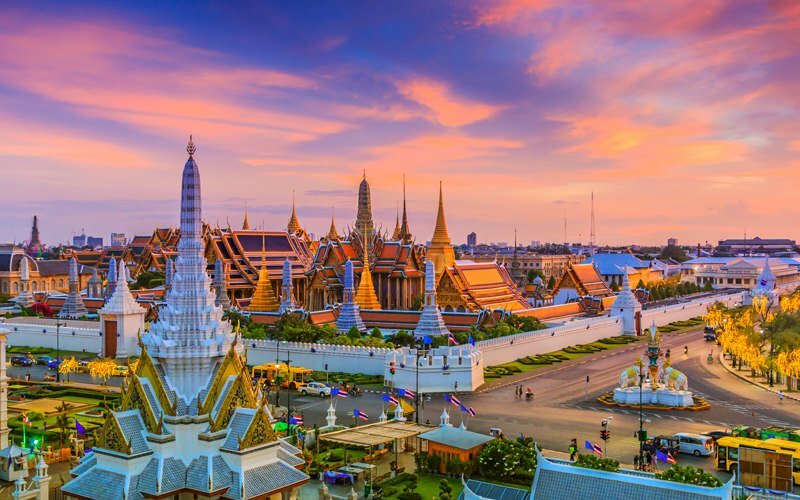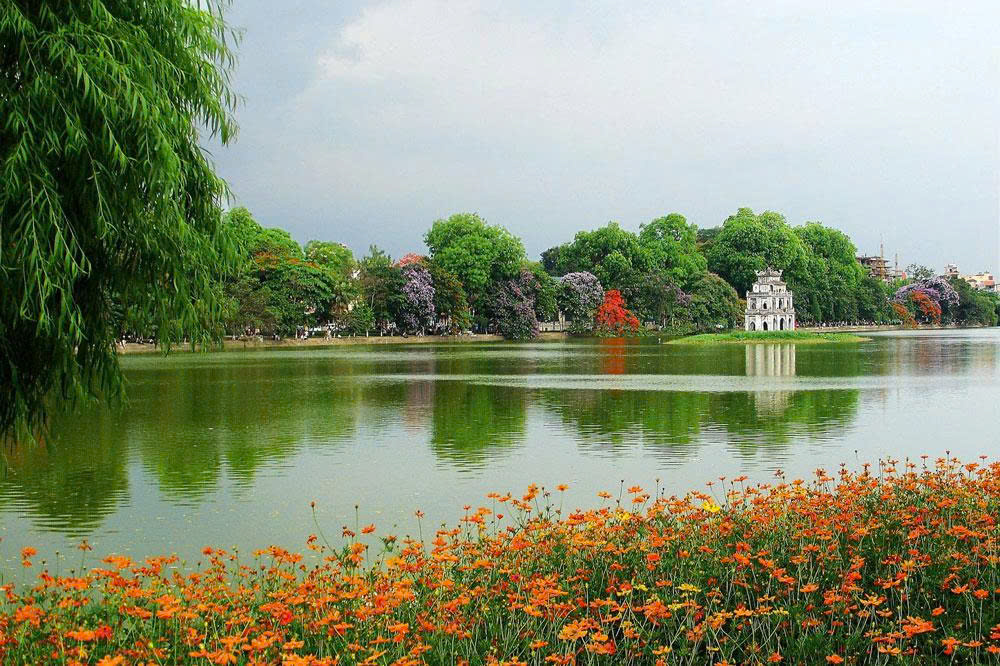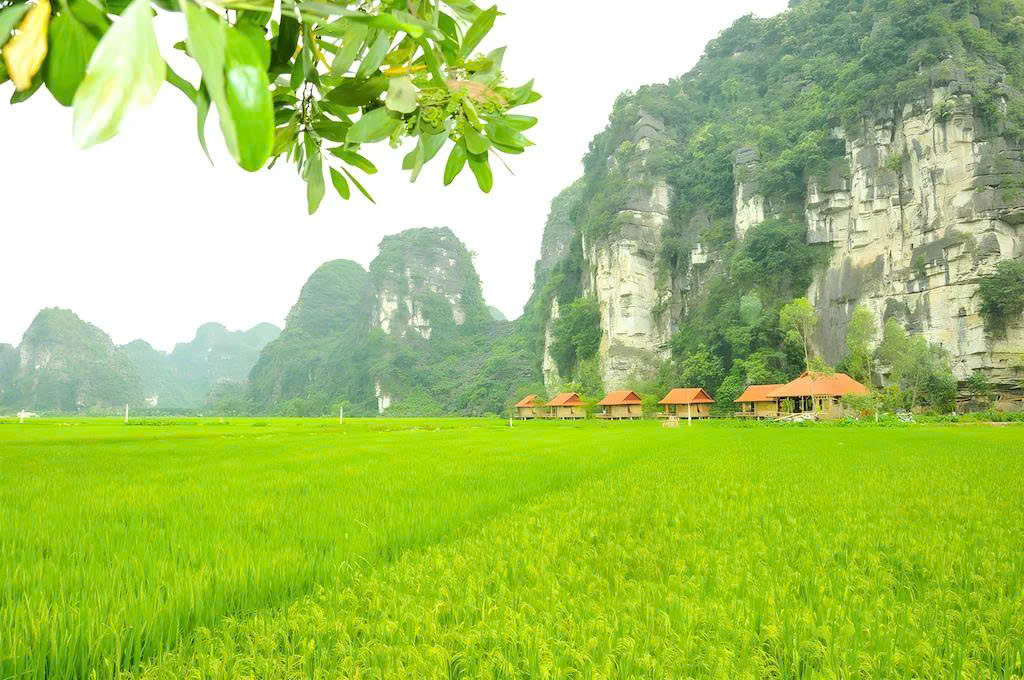Planning a cross-border adventure from the bustling streets of Ho Chi Minh City (HCMC), Vietnam, to the historical charm of Phnom Penh, Cambodia? This guide will provide you with all the essential information to make your journey smooth and enjoyable, covering popular transportation methods, travel times, costs, border crossing procedures, and helpful tips.
Whether you’re a budget backpacker, a quick traveler, or looking for a leisurely cruise, there’s an option for you. Let’s explore the best ways to connect these two fascinating Southeast Asian capitals.
1. Ho Chi Minh City to Phnom Penh Travel Essentials
Vietnam’s largest urban center, Ho Chi Minh City (Saigon), lies roughly 230-240 kilometers (143-150 miles) away from Phnom Penh, Cambodia’s capital. The journey can take anywhere from a mere 1 hour by flight to a full day by a combination of boat and bus, depending on your chosen mode of transport and the border crossing process.
The primary border crossing for land travel between Ho Chi Minh City and Phnom Penh is the Moc Bai (Vietnam) / Bavet (Cambodia) International Border Gate, located in Tay Ninh Province, Vietnam.
2. Ways to Travel from Ho Chi Minh City to Phnom Penh
There are several popular methods to travel between these two cities, each offering a unique experience:
2.1. By Bus: The Most Popular and Budget-Friendly Option
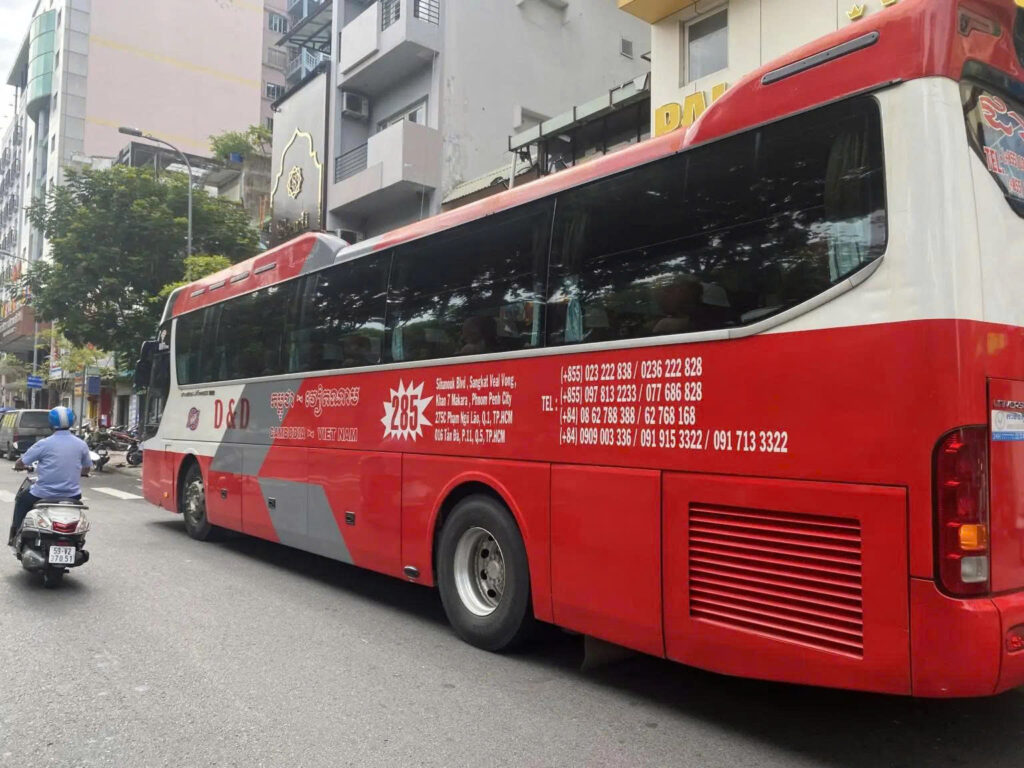
Traveling by bus is by far the most common and economical way to get from Ho Chi Minh City to Phnom Penh. It’s a direct and relatively comfortable journey.
- Travel Time: Approximately 6-8 hours, including border formalities.
- Cost: Prices typically range from $11 to $28 USD for a one-way ticket, depending on the bus company and type of seat (standard, VIP, or limousine).
- Bus Companies: Numerous reputable operators offer daily services:
- Giant Ibis: Known for its comfort, Wi-Fi, and professional service. Often considered a premium choice.
- Mekong Express: Another popular choice with good reviews for punctuality and service.
- Kumho Samco: A well-established Vietnamese-Korean joint venture.
- Sapaco Tourist: Offers consistent service.
- Virak Buntham Express: A Cambodian operator with various routes.
- Khải Nam / Phương Heng / Thái Dương Limousine: Popular local Vietnamese companies, some offering more luxurious limousine van services.
- Departure Points in HCMC: Most buses depart from offices in the Pham Ngu Lao / Bui Vien backpacker area (District 1) or from major bus stations like Mien Dong Bus Station.
- Arrival Points in Phnom Penh: Buses usually arrive at their company’s main office in central Phnom Penh, making it easy to access accommodation or attractions.
Tips for Bus Travel:

- Book in Advance: Especially during peak seasons or holidays, booking your ticket a few days ahead is advisable. Reservations can be made through online platforms such as redBus.vn, or by contacting the bus companies directly.
- Border Crossing: The bus will stop at the Moc Bai-Bavet border. Passengers typically alight, go through Vietnamese immigration, then walk a short distance to the Cambodian immigration checkpoint. Bus staff usually assist with the process. Ensure you have your passport and any necessary visa documents ready.
2.2. By Flight: The Fastest Option
For those short on time or seeking maximum convenience, flying is the quickest way to reach Phnom Penh from Ho Chi Minh City.
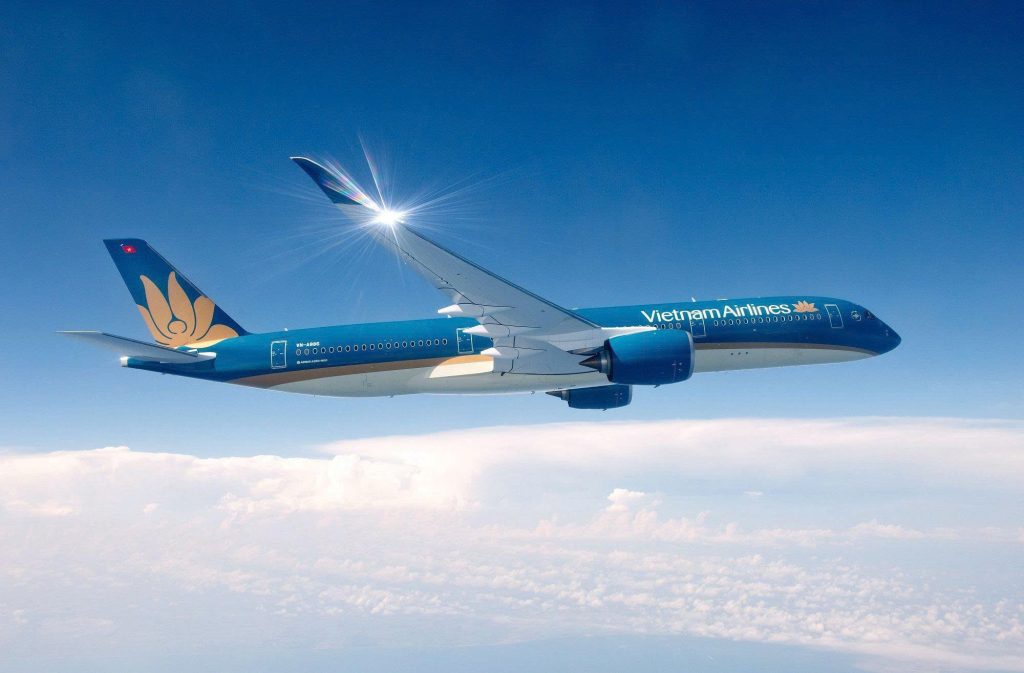
- Travel Time: The direct flight duration is only about 1 hour. Including check-in, security, and travel to/from airports, the total door-to-door time is roughly 3-4 hours.
- Cost: Airfares typically range from $70 to $160 USD for a one-way economy ticket, varying significantly based on booking time, airline, and season.
- Airlines:
- Vietnam Airlines
- Vietjet Air
- Cambodia Angkor Air
- Sometimes, other regional airlines offer connecting flights.
- Airports:
- Departure: Tan Son Nhat International Airport (SGN) in Ho Chi Minh City.
- Arrival: Phnom Penh International Airport (PNH) in Phnom Penh.
Tips for Flight Travel:
- Book Early: To secure the best fares, it’s always recommended to book your flights well in advance.
- Airport Transfers: Factor in the cost and time for taxis or ride-hailing services (e.g., Grab) to and from the airports.
2.3. By Private Car or Taxi: Flexible but Costly

Hiring a private car or taxi offers the most flexibility, allowing you to set your own schedule and make stops as desired. However, it’s significantly more expensive than other options.
- Travel Time: Approximately 6-8 hours, depending on traffic and border processing.
- Cost: This can range from $100 to $200+ USD for a one-way trip, depending on the car size and your negotiation skills.
- Booking: You can arrange this through your hotel, a local travel agency, or specialized transfer services.
Considerations:
- Ensure the driver is experienced with international border crossings and has all necessary vehicle documentation.
- Clarify whether the quoted price includes all tolls and potential border fees.
2.4. By Speedboat/River Cruise: A Scenic (but Longer) Experience
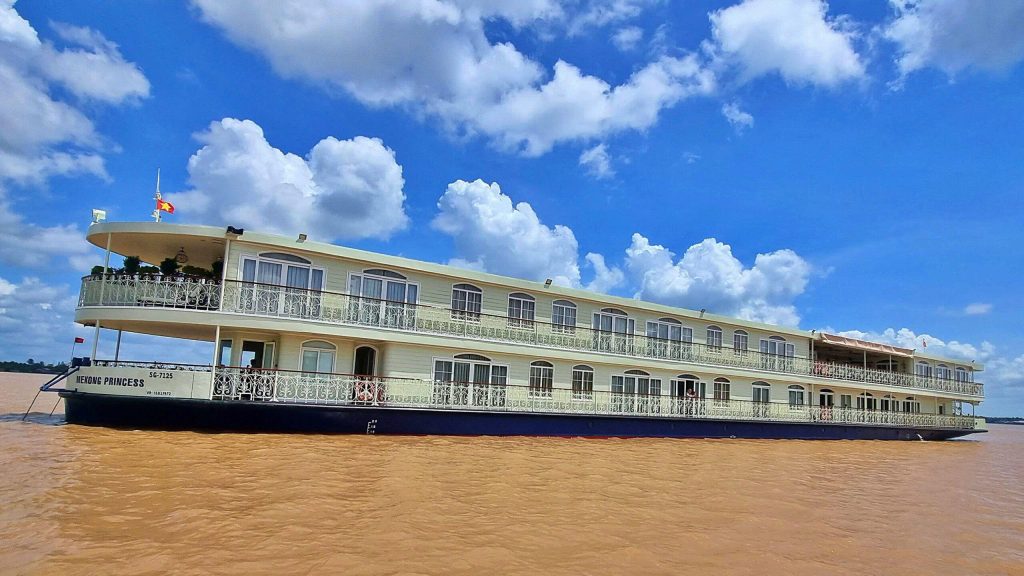
While not a direct point-to-point service from Ho Chi Minh City itself, you can combine a bus journey with a speedboat or multi-day river cruise for a unique travel experience, particularly if you want to explore the Mekong Delta.
- Route: Typically involves traveling from Ho Chi Minh City to a Mekong Delta town like Chau Doc (An Giang Province) by bus (approx. 5-6 hours), then a speedboat travels from Chau Doc to Phnom Penh (taking about 5 hours) passing via the Vinh Xuong border gate.
- Cost: Speedboat tickets alone can range from $27 to $70 USD. Full multi-day river cruises (e.g., from Ho Chi Minh City through the Mekong Delta to Phnom Penh) are luxury options and can cost hundreds or thousands of dollars.
- Operators (Speedboat from Chau Doc): Hang Chau, Mandarin Cruise, Blue Cruiser.
- Operators (Luxury Cruises): Pandaw Cruise, Heritage Line – Jahan Cruise, Mekong Princess Cruise.
Pros & Cons:
- Pros: Offers stunning scenery of the Mekong River, a more relaxed pace, and a cultural experience.
- Cons: Longer travel time, often involves multiple transfers, and can be significantly more expensive for cruises.
3. Essential Border Crossing Information (Moc Bai / Bavet)

The Moc Bai (Vietnam) – Bavet (Cambodia) International Border Gate is the primary gateway for land travelers.
- Passport Validity: Ensure your passport is valid for at least six months beyond your intended departure date from Cambodia.
- Cambodia Visa:
- Visa Exemption: Citizens of some ASEAN countries (e.g., Vietnam, Laos, Thailand, Singapore, Malaysia, Philippines, Indonesia) typically receive a 30-day visa exemption. Always double-check current regulations.
- Visa on Arrival: Many nationalities can obtain a visa on arrival at the Bavet border. The cost is typically $30 USD for a tourist visa. You will need one passport-sized photo and cash (USD is preferred).
- e-Visa: You can apply for a Cambodian e-Visa online before your trip. This can expedite the border process. Print two copies of your e-Visa confirmation.
- Immigration Process:
-
- Exit Vietnam: Present your passport and departure card (if applicable) at the Vietnamese immigration counter.
- Walk/Bus Transfer: Walk or take a short shuttle bus (if provided by your bus company) across the no-man’s-land to the Cambodian side.
- Enter Cambodia: Proceed to the Cambodian immigration counter. If you need a visa on arrival, complete the application form, pay the fee, and submit your passport and photo. Once approved, you’ll get an entry stamp.
- Declaration Forms: You may need to fill out arrival/departure and customs declaration forms for both countries.
Important Notes:
- Scams: Be wary of individuals offering “assistance” with visa applications at the border for inflated prices. Stick to official counters.
- Currency: Have small USD bills readily available for visa fees or any small purchases at the border.
- Patience: Border crossings can sometimes involve waiting, especially during peak hours. Stay calm and follow instructions.
4. Travel Tips for a Smooth Journey

- Book in Advance: Especially for flights and popular bus companies, booking tickets a few days or weeks ahead can secure better prices and ensure availability.
- Pack Light: Easier to maneuver, especially if you’re taking a bus.
- Cash is King: While major establishments accept cards, having Cambodian Riel (KHR) or US Dollars (USD – widely accepted in Cambodia) in small denominations is useful for local transport, street food, and small purchases.
- Stay Hydrated: Southeast Asia can be hot and humid. Drink plenty of water.
- SIM Card: Consider buying a local SIM card in Cambodia upon arrival for internet access and local calls. Smart and Cellcard are popular providers.
- Travel Insurance: Always a good idea to have travel insurance that covers medical emergencies, trip cancellations, and lost luggage.
- Learn Basic Phrases: A few basic phrases in Khmer (e.g., “Sok sabay” – hello/how are you, “Arkoun” – thank you) will go a long way.
- Stay Aware: As in any large urban center, exercise caution with your possessions in bustling locations.
5. What to Do in Phnom Penh
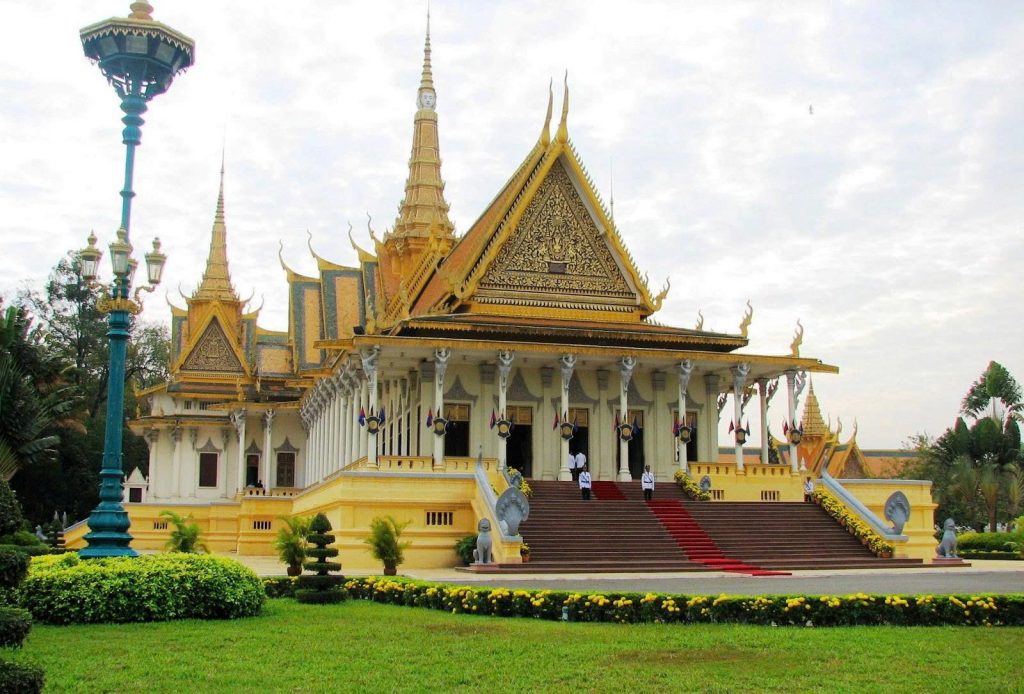
Once you arrive in Phnom Penh, Cambodia’s vibrant capital, you’ll find a city rich in history and culture. Don’t miss these key attractions:
- The Royal Palace and Silver Pagoda: Stunning examples of Khmer architecture.
- Tuol Sleng Genocide Museum (S-21) and The Killing Fields of Choeung Ek: Poignant sites that offer a sobering look into Cambodia’s tragic past under the Khmer Rouge.
- National Museum of Cambodia: Home to an impressive collection of Khmer art and sculpture.
- Wat Phnom: A historic temple and the legendary founding site of the city.
- Central Market (Phsar Thmey): A beautiful Art Deco building perfect for shopping for souvenirs, jewelry, and local crafts.
- Riverfront Promenade: Enjoy a stroll along the Mekong River, with plenty of restaurants and cafes.
- Street Food and Khmer Cuisine: Indulge in local delicacies like Amok, Lok Lak, and fresh spring rolls.
RELATED: Travel Southeast Asia for 1 Month on a Budget: $1000 Challenge
Traveling from Ho Chi Minh City to Phnom Penh is a common and rewarding journey for many visitors to Southeast Asia. Whether you opt for the efficiency of a flight, the economy of a bus, or the unique experience of a river cruise, each mode of transport connects you to a new adventure. By planning, understanding the border procedures, and choosing the option that best suits your travel style and budget, you’re set for an incredible experience exploring the cultural bridge between Vietnam and Cambodia.

